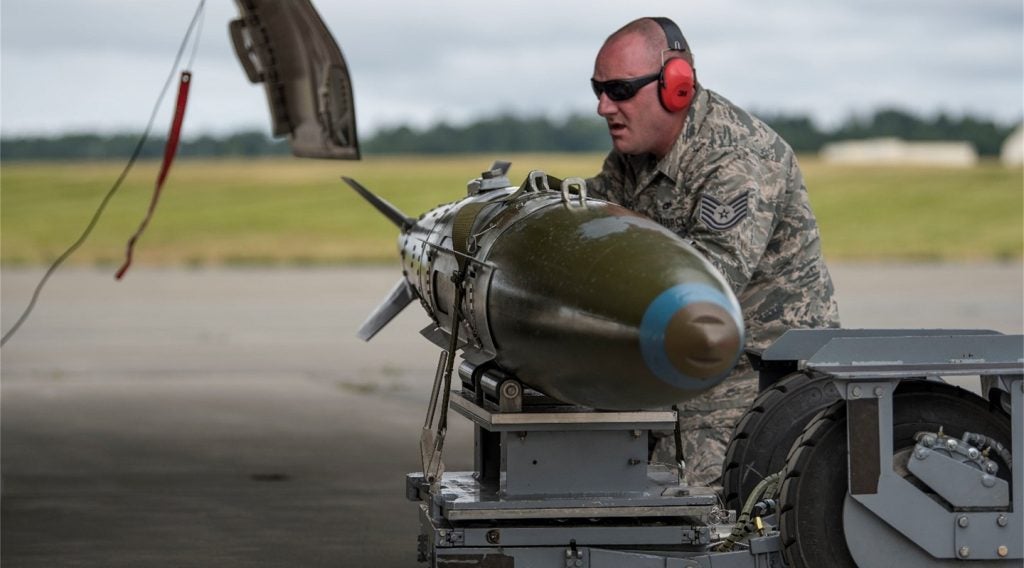The Russian Air Force (RuAF) is conducting state acceptance trials of the new Popov Omsk Radio Factory-built Iskatel lightweight unmanned aerial vehicle (UAV) system.
Popov source, Alexei Topekhin, was quoted by RIA Novosti as saying that the trails are being conducted by the Russian airborne forces’ (VDV) 106th division.
How well do you really know your competitors?
Access the most comprehensive Company Profiles on the market, powered by GlobalData. Save hours of research. Gain competitive edge.

Thank you!
Your download email will arrive shortly
Not ready to buy yet? Download a free sample
We are confident about the unique quality of our Company Profiles. However, we want you to make the most beneficial decision for your business, so we offer a free sample that you can download by submitting the below form
By GlobalData"The tests will include trial flights and carriage tests to see if it is best carried in one rucksack or two, and trials of a para-drop container for its components," Topekhin added.
Featuring a T-4 UAV, the Iskatel system is the country’s only short-range man-portable UAV system, and is scheduled to be manufactured in either small or a long endurance variant,
"Either it will be made smaller so it can be carried by just one man, or it will be made as a longer-endurance variant carried by two paratroopers," said Topekhin.
Weighing 1.3kg, Iskatel smaller version is expected to feature two T-4 UAVs, a backpack-carried base station, as well as a tablet computer for controlling and also downloading imagery from the drones.
The system can be carried by one soldier using a backpack, and is also capable of remaining airborne for a minimum of 40 minutes using an electrically driven tail-mounted propeller.
The long-endurance Iskatel will include a 10kg T-4 drone and operator guidance antenna that is not ground-mounted and can be carried by two paratroopers for battlefield operations.
Powered by an electric engine, the T-4 is a hand-launched UAV designed to support a wide range of day and night surveillance missions at distances of up to 8km.
Originally designed to provide optimal imagery from an altitude of 660ft, the UAV is also capable of reaching 13,200ft above sea level to perform missions in mountainous terrain.








